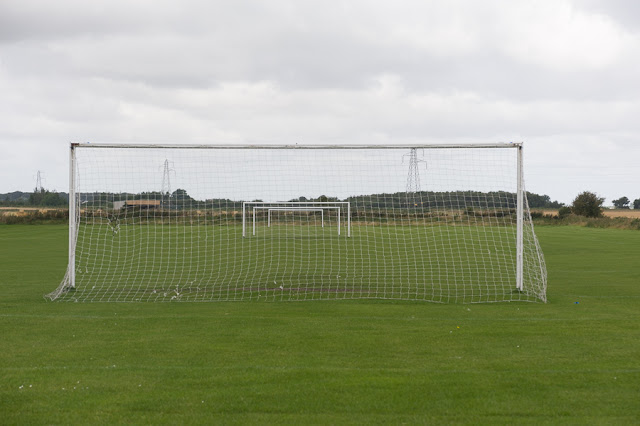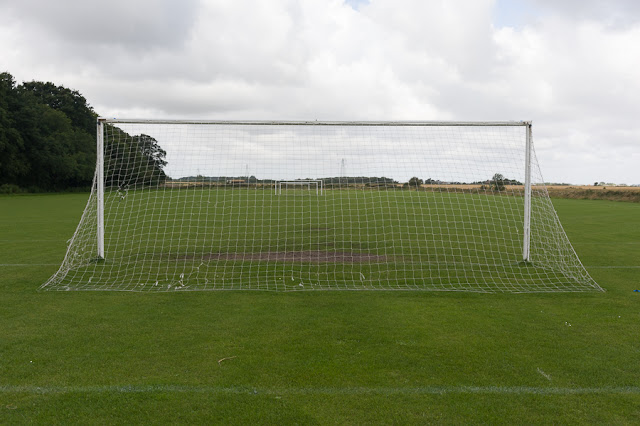D
Deleted member 49549
Guest
I've made my point. Just out of interest if you wanted to record a scene with a normal perspective as possible (in 35mm context) what focal length would you use ?
Focal length is not a consideration in choosing 'normal' perspective, as focal length does not affect perspective.
But to answer your question - if perspective were to be my primary element of the shot, i would choose where to stand to get the desired perspective.
I would then use a focal length that gives the framing i wished.




